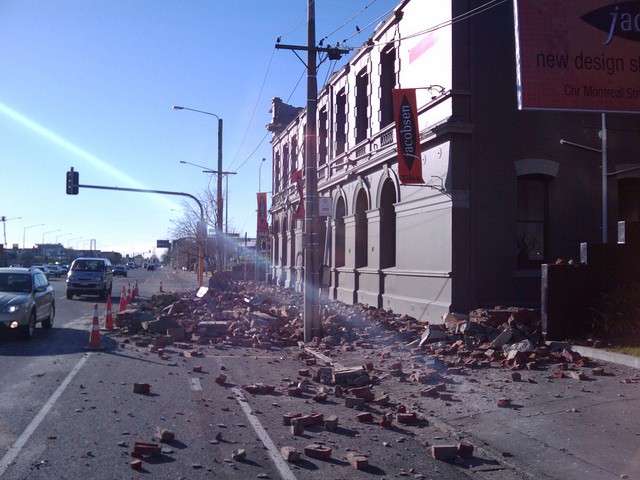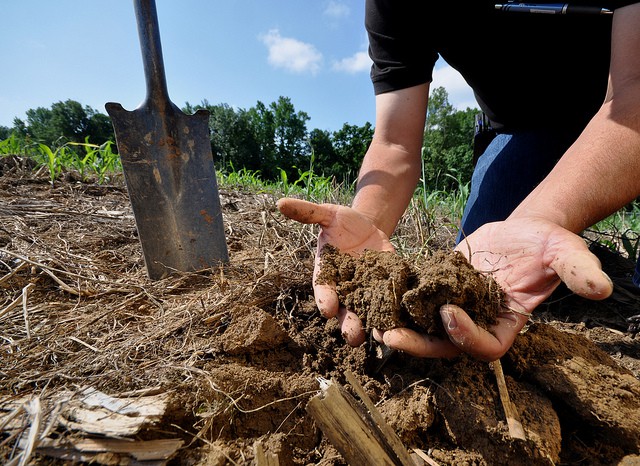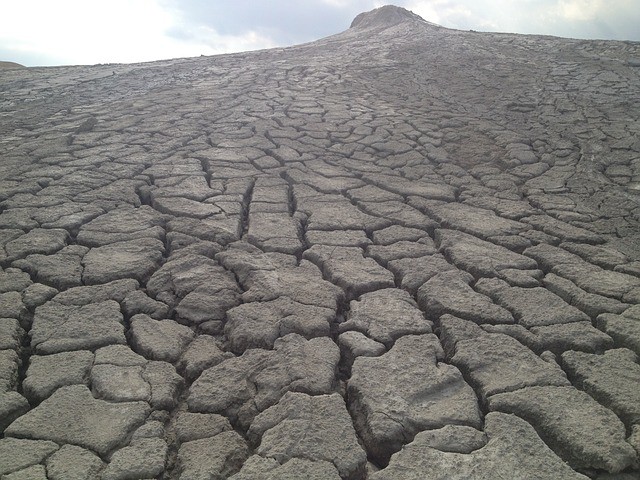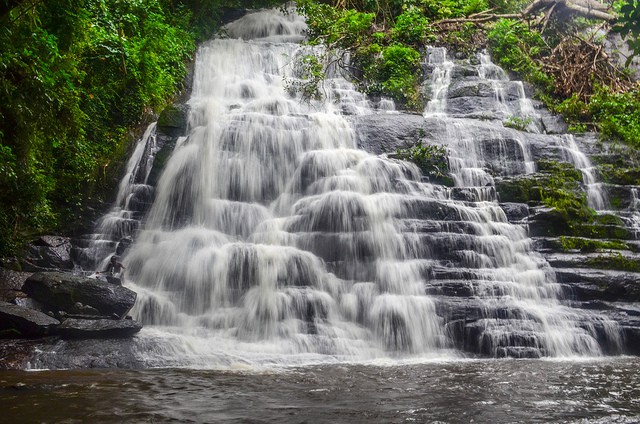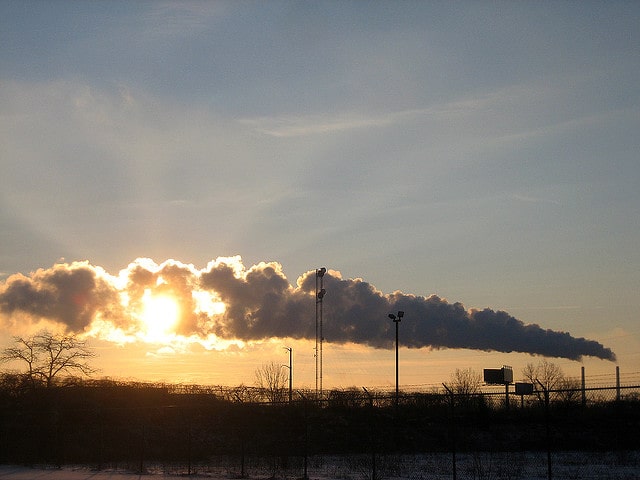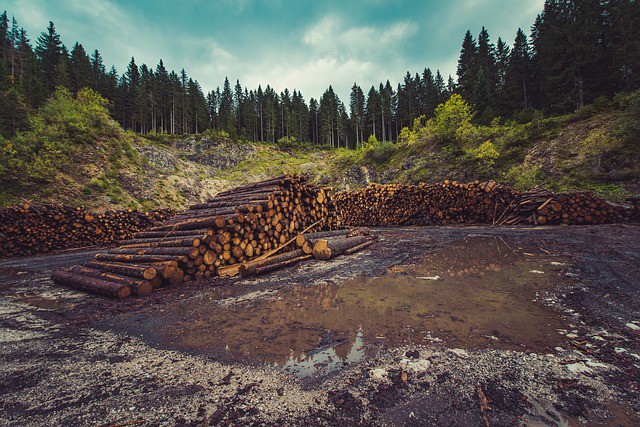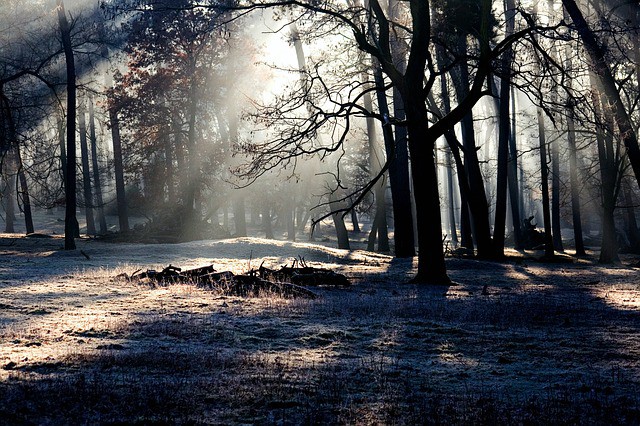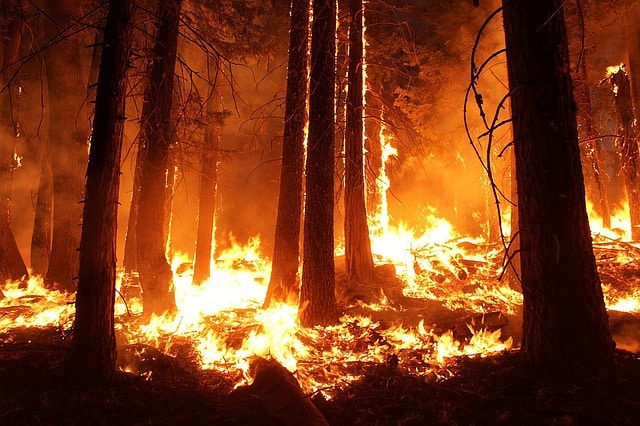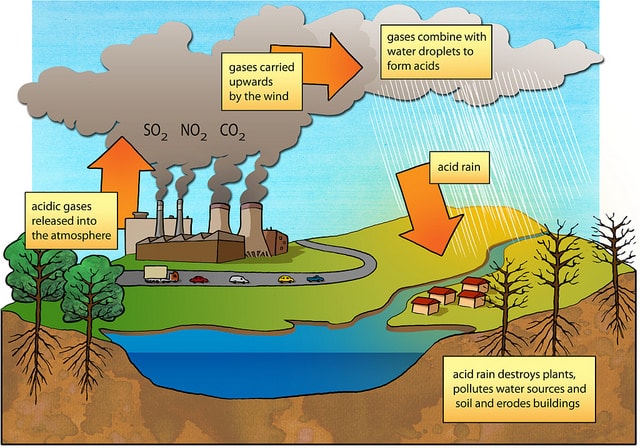What is an Earthquake and What Causes Earthquake?
Earthquake refers to a sudden violent shaking and vibration of the earth surface resulting from underground movement along a fault plane or from volcanic activity. Earthquakes can cause serious destruction to property, injury to people and even kills. It happens when there is sudden movement or breaking of the tectonic plates. Tectonic plates are huge…

